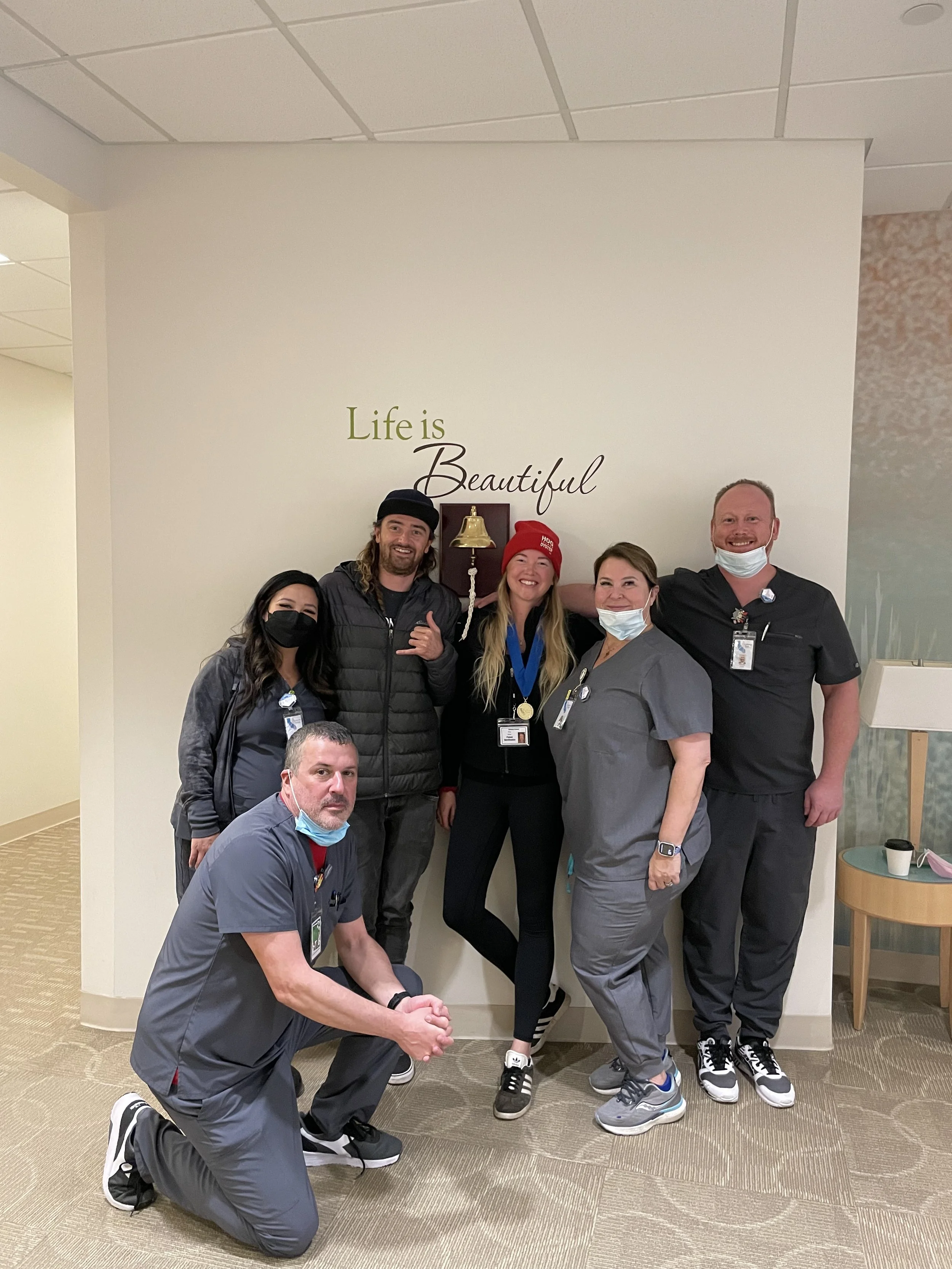MY STORY
from symptoms to treatment
Life often throws unexpected curveballs, challenging our resilience and determination. As a senior in college studying pre-med and acquiring a EMT license, my passion for healthcare collided with an unforeseen twist when I received a brain tumor diagnosis. While this was undoubtedly overwhelming, I chose to approach this journey with a positive mindset, drawing strength from my studies, professional experience, and support network. Below is my story from symptoms to treatment - highlighting the lessons and growth I experienced along the way.
I didn’t really realize it but I had been not feeling like myself for years. I had constant and frequent headaches that increased in severity every passing month, trouble focusing, slight visual impairments at certain times, I couldn’t retain information for the life of me and eventually, when things started getting very severe, I lost the ability to read and started having conscious seizures and then finally, a grand maul seizure which landed me in the ER for the first time—as a patient—which is where I was diagnosed.
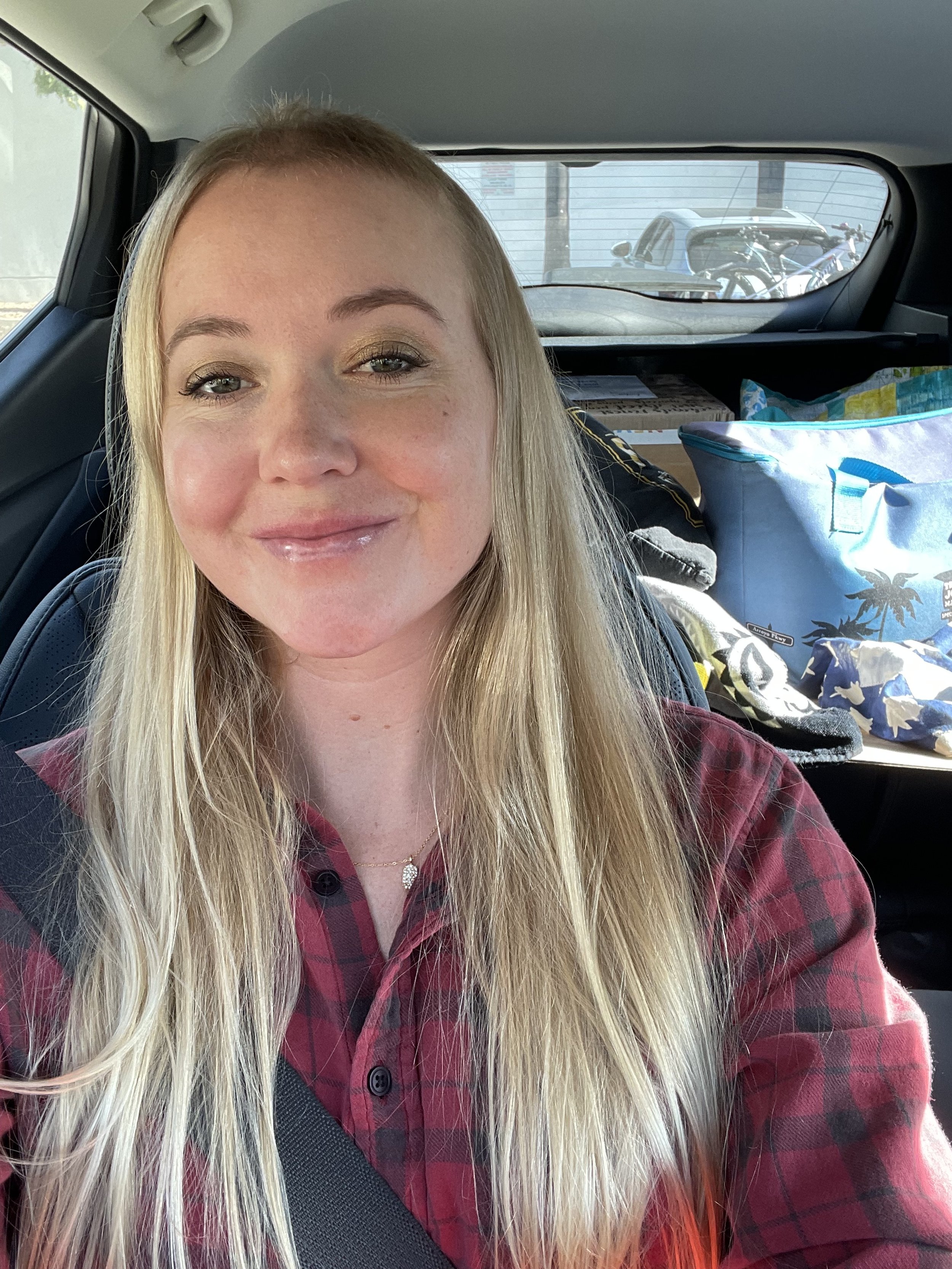


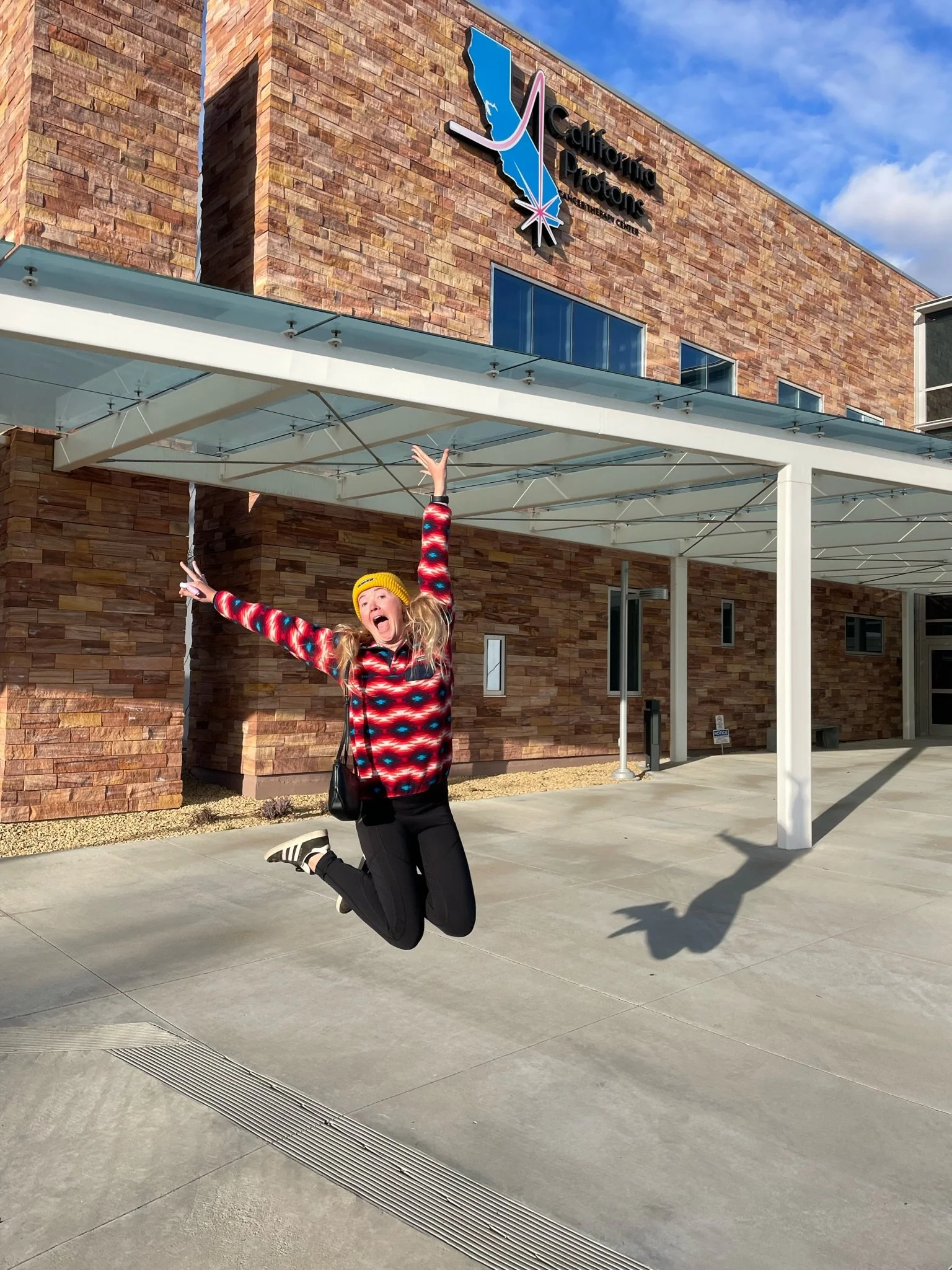
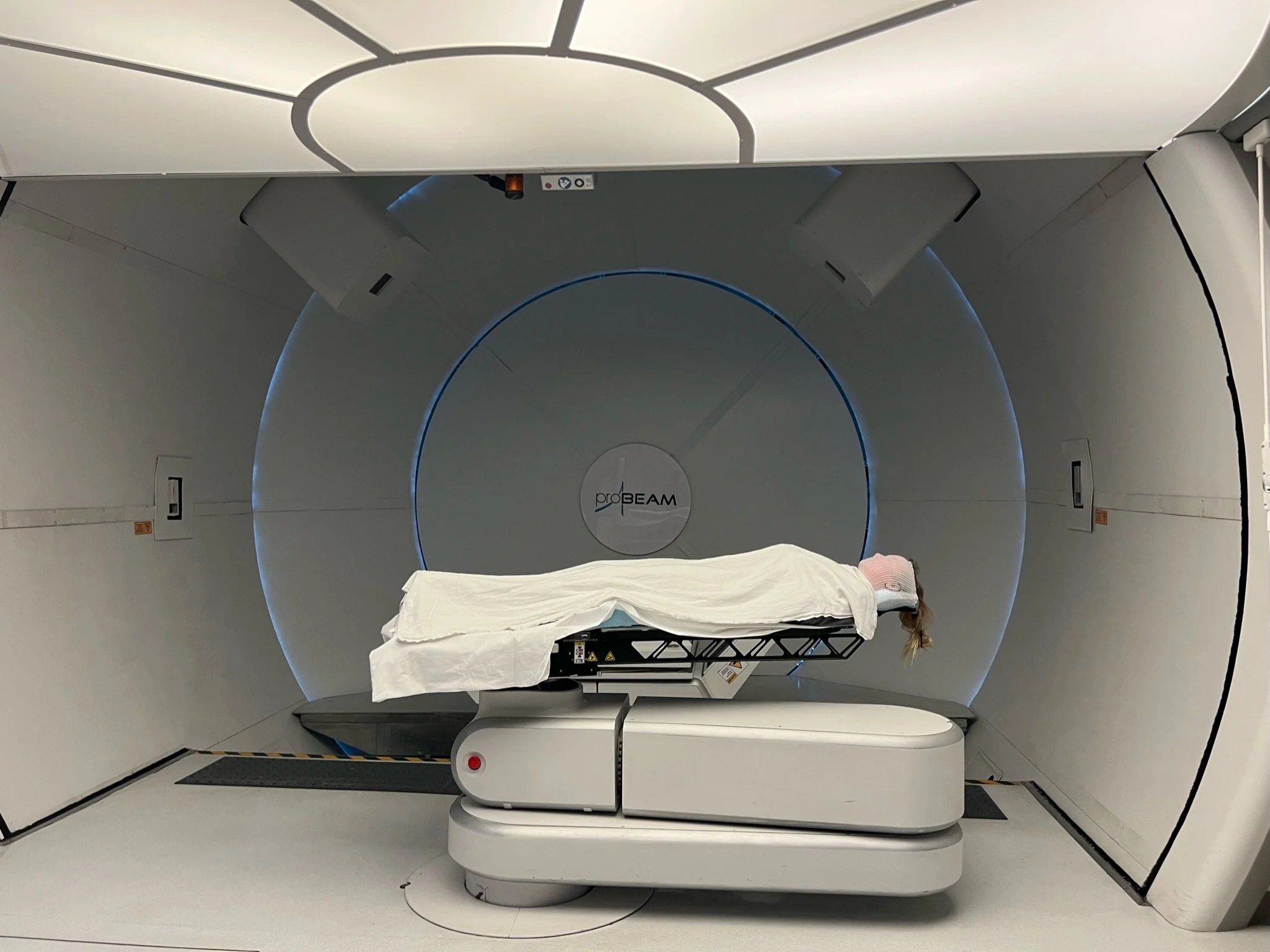
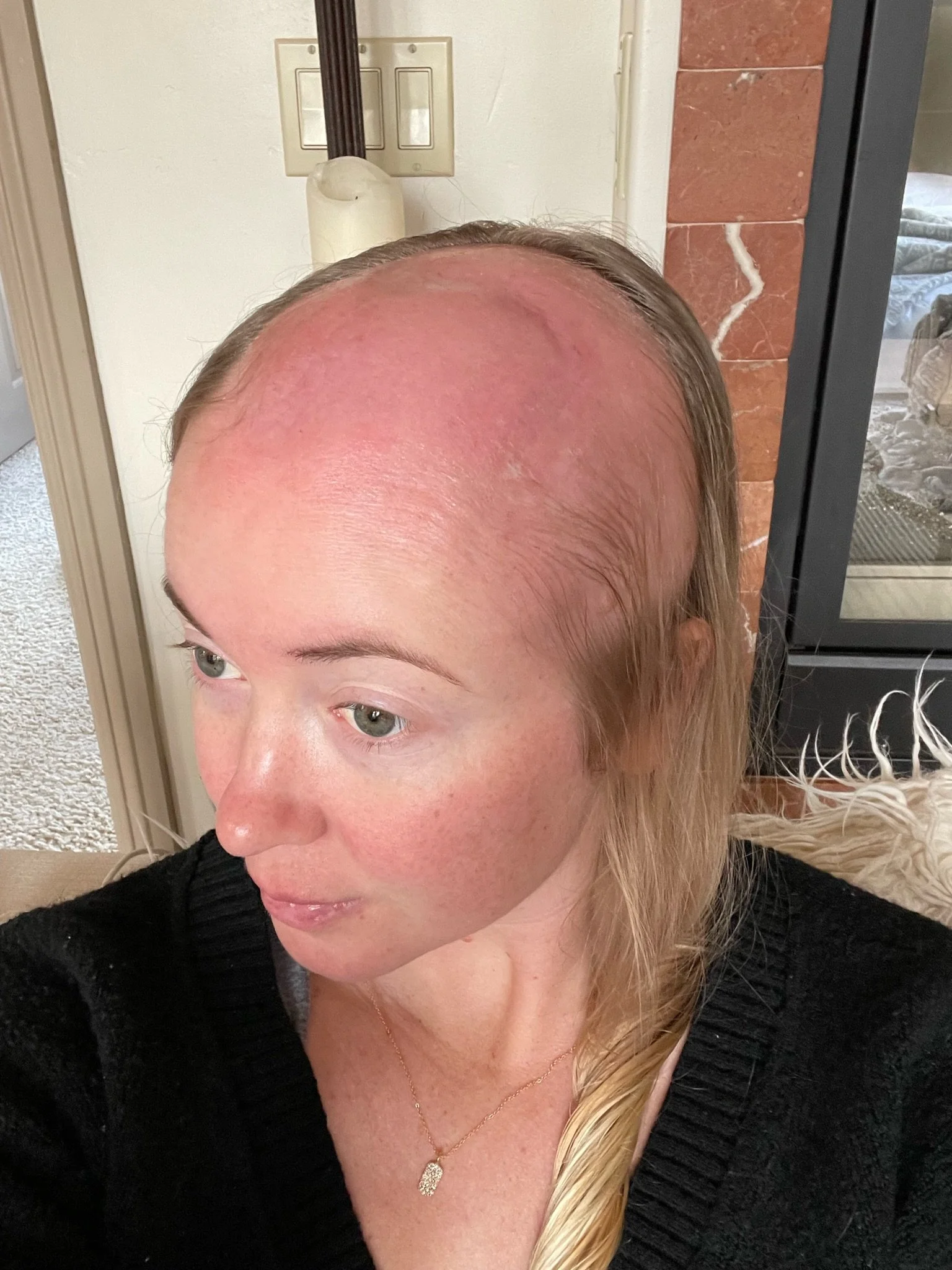

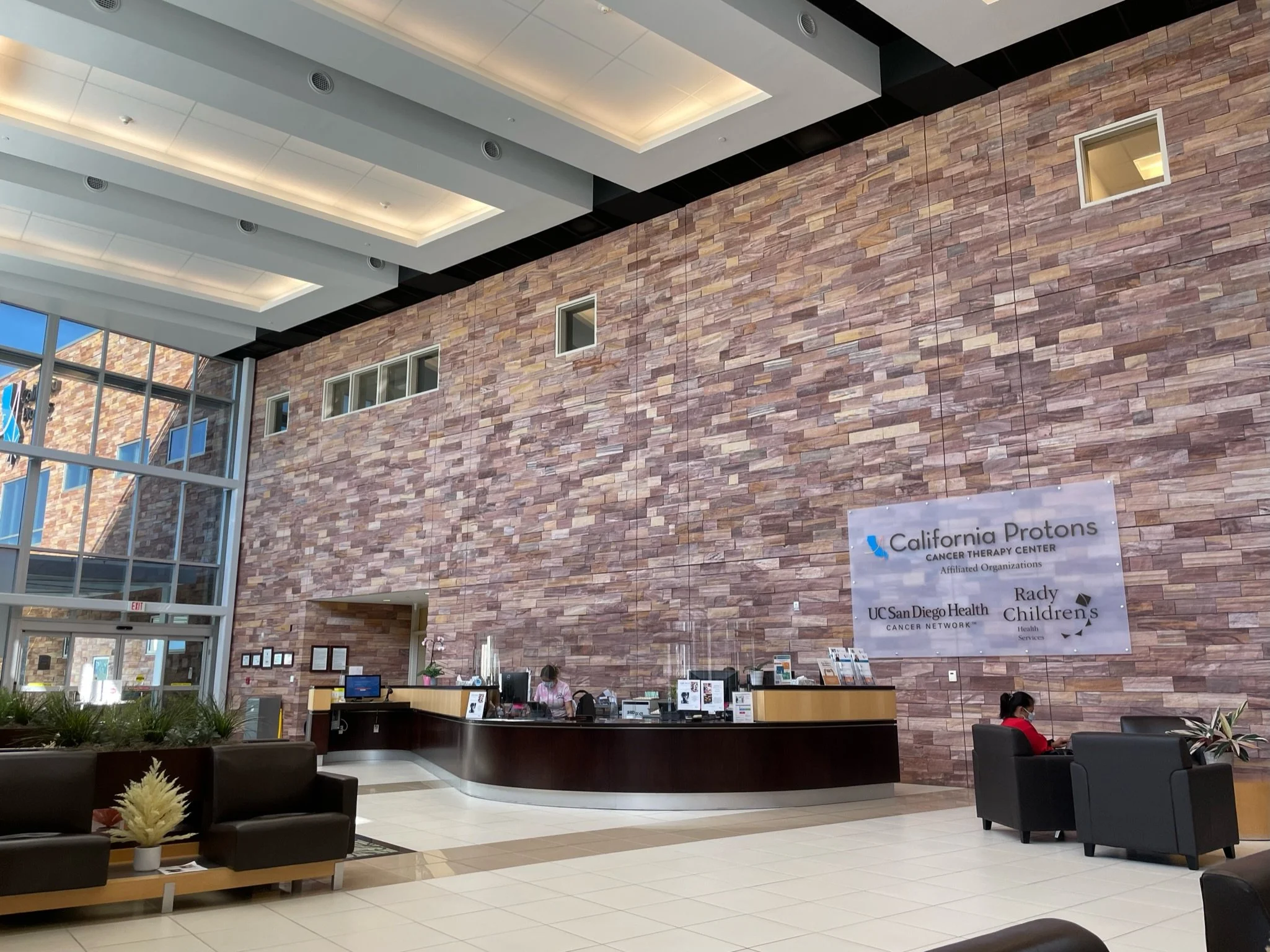
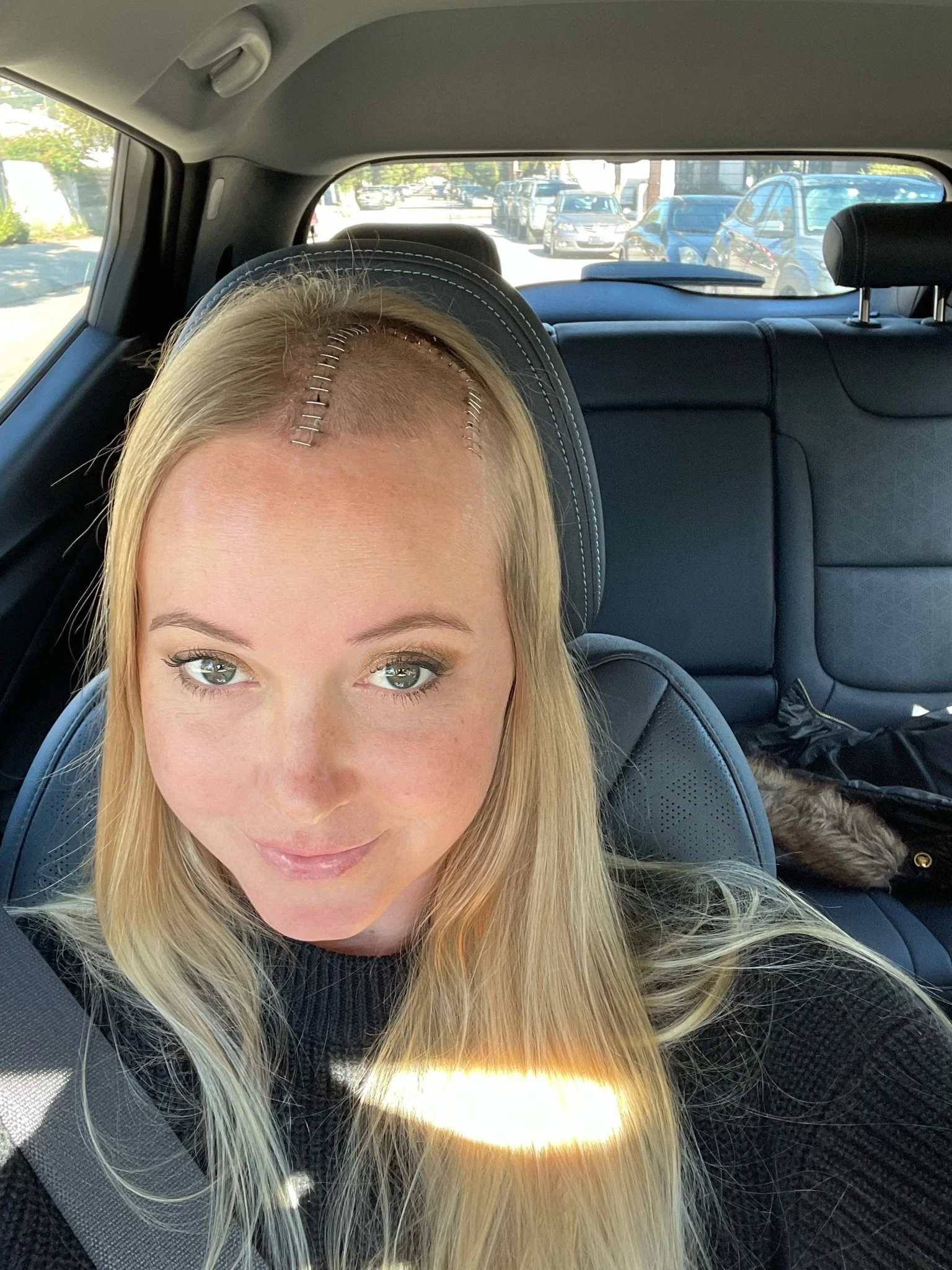
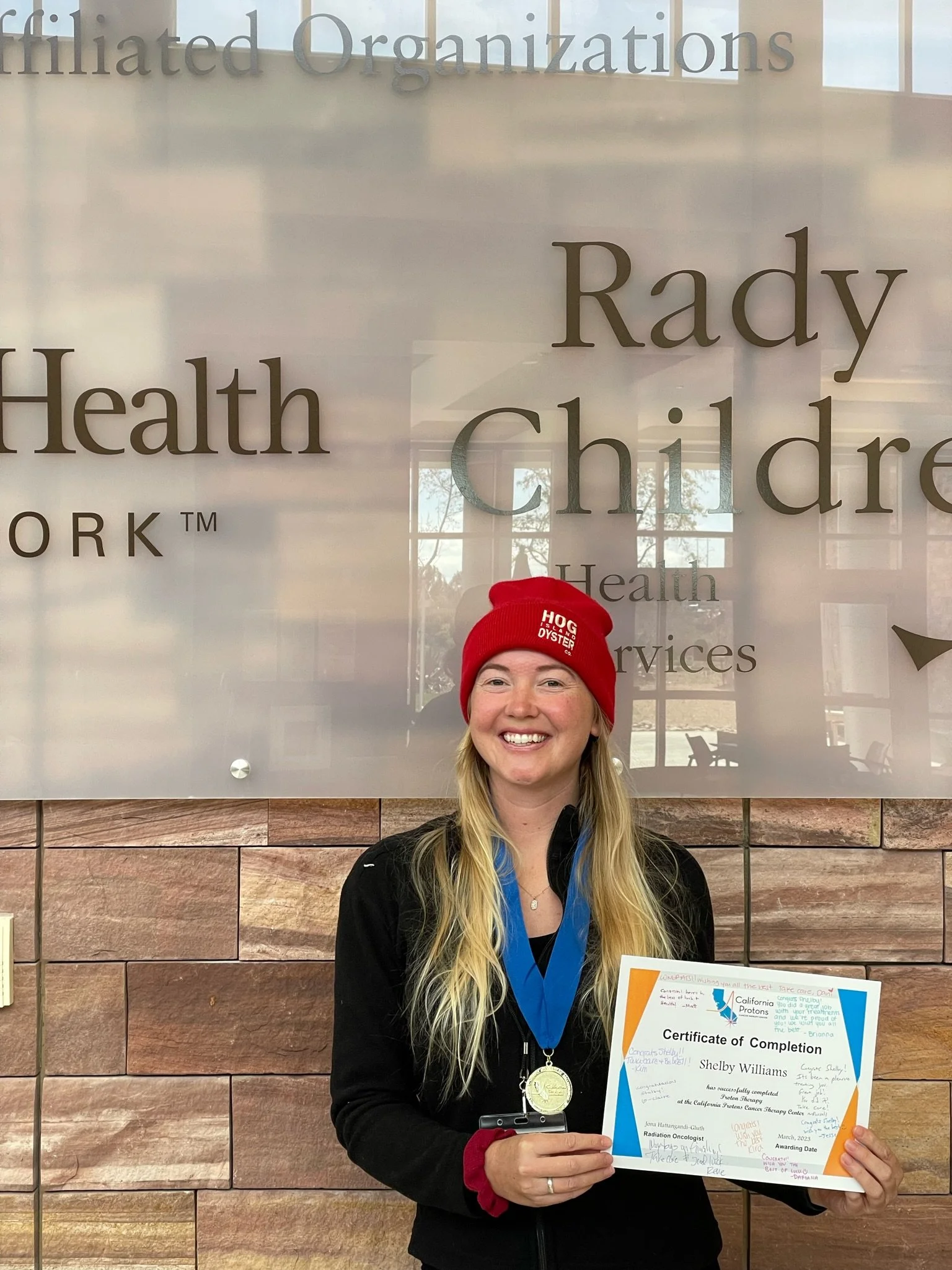
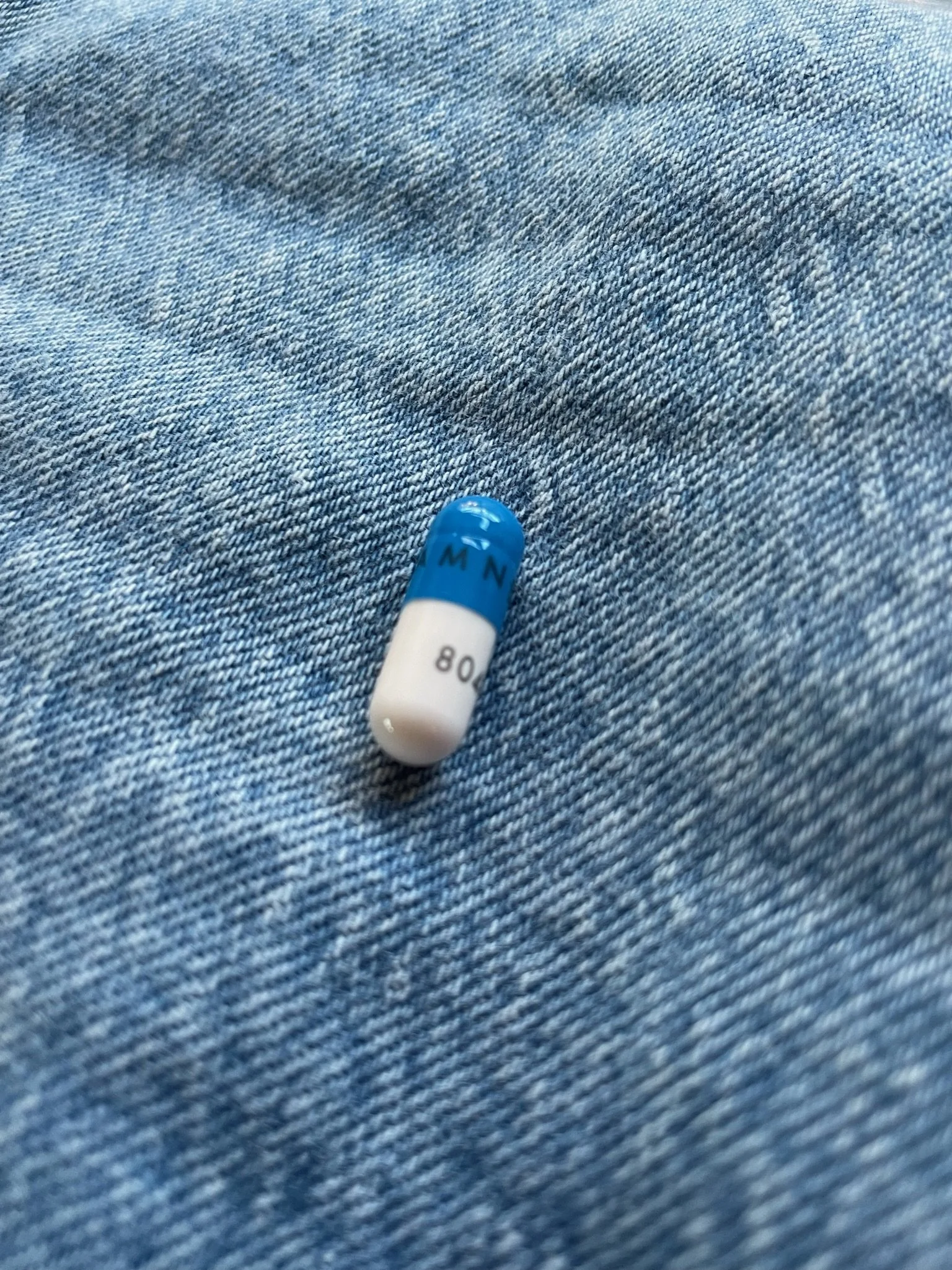










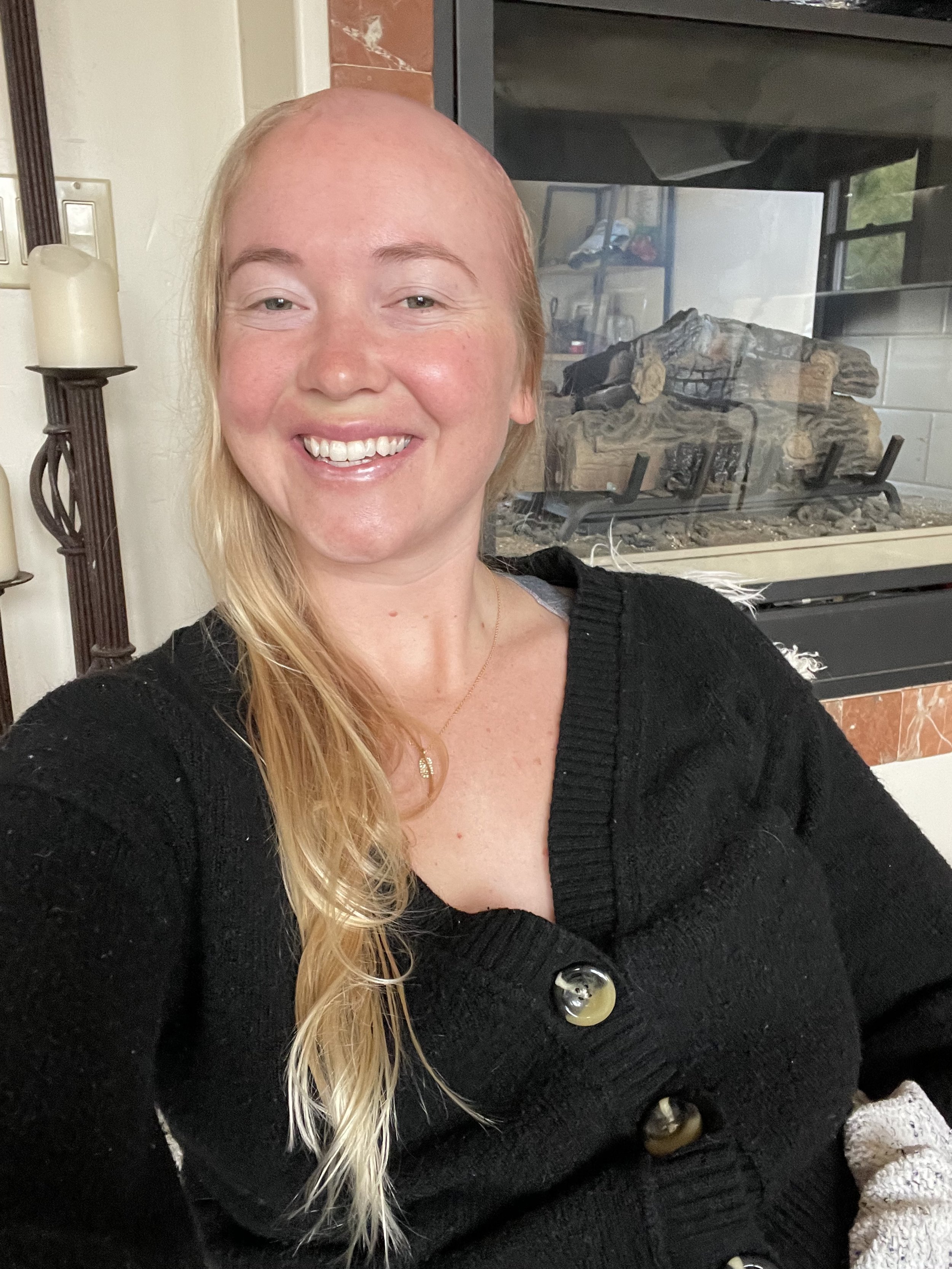
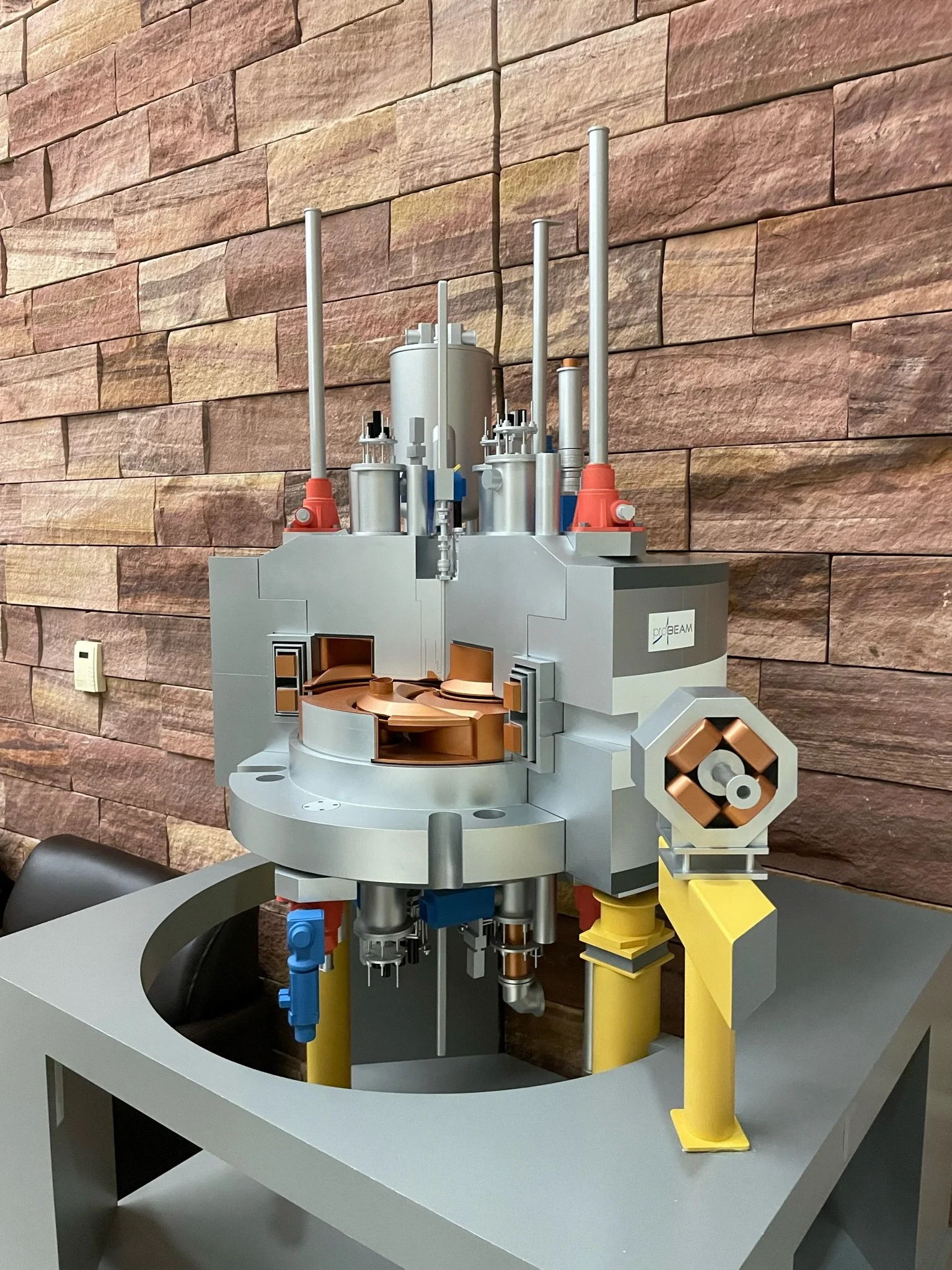
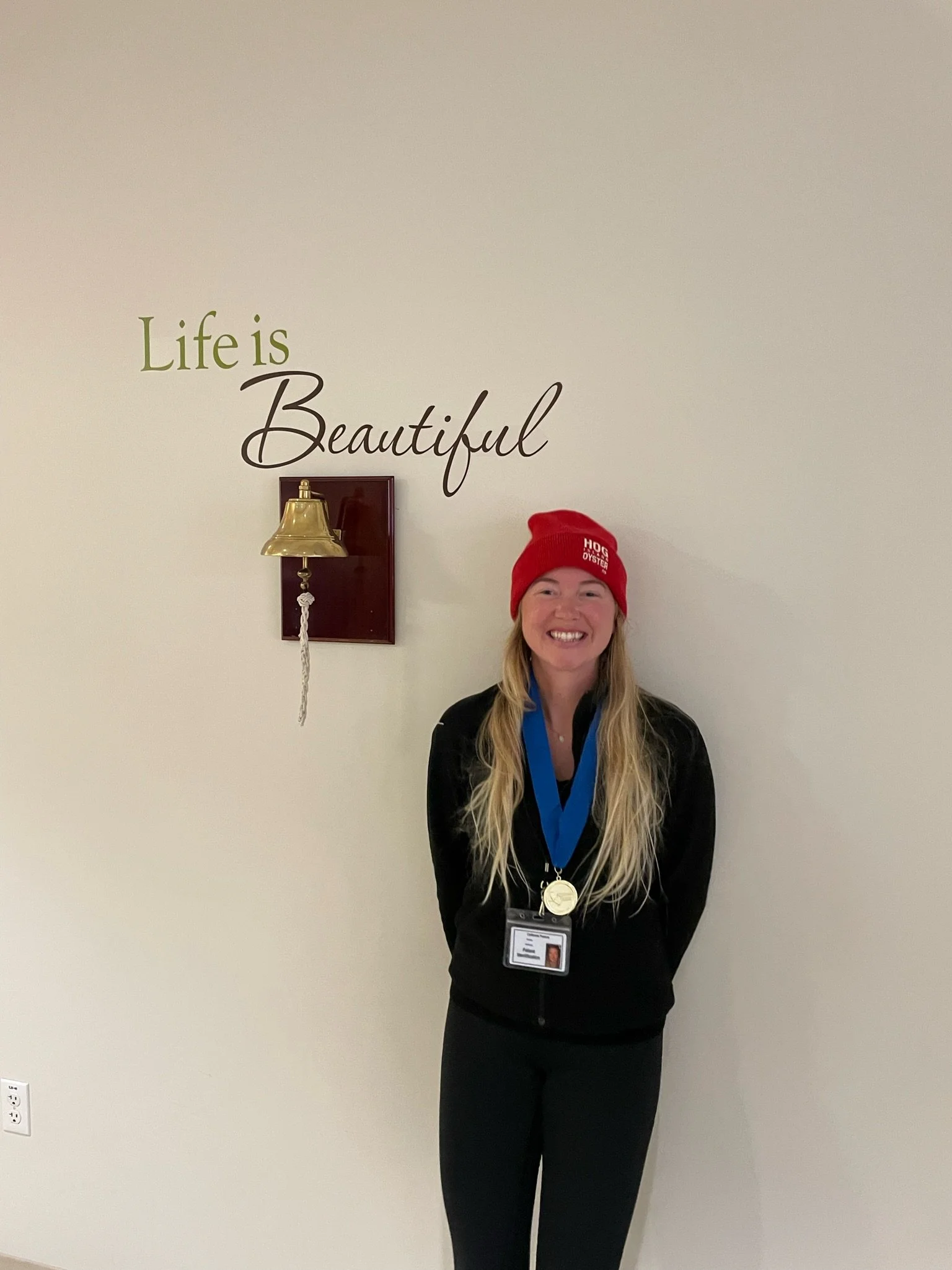


Symptoms
As a senior in college studying pre-med after acquiring a EMT license, my passion for healthcare collided with an unforeseen twist when I received a brain tumor diagnosis. I didn’t really realize it but I had been not feeling like myself for years.
-
Focal seizures are mild and generally do not have a tonic/clonic state.
I had my first focal seizure in January of 2022 - it lasted about 15 seconds but it felt like a lifetime.
The next time I had a focal seizure, in October of 2022, I didn’t just have one, I had roughly 10—cluster/focal seizures. Then 15-20 the following day and 20-30 the day after. This went on for two weeks, to where I was having around 100 cluster seizures a day.
A focal seizure, also known as a partial seizure, is a type of seizure that originates in a specific, localized area of the brain. Unlike generalized seizures, which affect the entire brain from the beginning, focal seizures involve abnormal electrical activity in a particular region of the brain. The symptoms and manifestations of focal seizures can vary depending on the area of the brain where the seizure originates and how it spreads.
-
I didn’t realize it but the pressure in my head was causing worse and worse headaches. I thought it was just bad migraines towards the end. My body was just adjusting to the pressure and redistributing pressure points until I started getting seizures.
-
I didn’t realize it but at the time my vision was slowly changing. I couldn’t focus on a particular area and every once and a while my vision went a little blurry. I just thought I needed glasses.
-
I had a really hard time learning after a while. I had a tough time with recall and would get distracted very easily. Then, I couldn’t read. Sentences didn’t make sense no matter how many times I read them. I could read the words but I could not understand sentences for the life of me.
Which—I’m sure—is why my teachers thought I wasn’t studying enough.
Diagnosis
In the middle of the night I was woken up by EMT’s surrounding me, who guided me down the hallway onto a gurney. Another ambulance ride later and I was back in the ER, this time with a confirmed seizure which prompted a CT/MRI of my head.
-
I was quickly taken to get a CT. I didn’t get the results until about an hour later when the doctor told me there was a large blurry area that showed up on the CT of my brain.
The MRI confirmed the diagnosis of a brain tumor. After that, I was taken into the ICU and getting prepped for surgery.
-
When I was admitted the second time the whole process—CT, MRI, finding a room in the ICU—took about 12 hours before I went into surgery.
Brain Surgery
I was discharged that day, less than 24 hours after brain surgery and I walked out of the hospital without any assistance.
-
I met my neurosurgeon at 9am the morning of Nov 2, 2022 and was ready for surgery by around 12pm.
I was out of surgery by 6pm and able to see my parents and talk with them.
They kept me overnight for observation and I walked out of the hospital the next morning around 8am.
-
I was given 1000mg of Keppra (levetiracetam/anti-seizure medication) to take twice a day, steroids to take every 4 hours and hydrocodone to take every 4 hours for pain.
I stopped taking the hydrocodone after a day because it made me nauseous and I felt so much better after the surgery I didn’t need anything for pain.
The Keppra slowed me down quite a bit but got better with reduced dosage over time.
The steroids made it so I could not sleep which I did not anticipate.
-
These results took much longer than anticipated which was the most stressful part. I found it was important to keep in touch with my surgeon and team of doctors during this time. I was encouraged to avoid online research as there is a lot of misleading information available as well as primarily worst case scenarios.
Next Steps / Post-Op
A quick snippet about my life after the surgery and before treatment. Follow-up appointments and fertility preservation.
-
My head felt very strange after surgery. It was completely numb around the surgical site for several months and very tight feeling. I could also hear the fluid in my head sloshing around. I know—sounds gross but it wasn’t too bad.
-
I had a follow up with my neurosurgeon 10 days after the surgery to remove the staples. It was painless. I was also able to ask her some questions too which was nice.
I had follow up appointments with her every 2 weeks for about 3 months after that. She just wanted to check how everything was healing.
-
I was made aware going into post operation treatment that chemotherapy can negatively effect fertility of men and women. I decided to go forward with fertility preservation via egg retrieval as a precaution. The whole process took about two weeks and was tough but worth it. Read more on my fertility journey here.
Treatment
A quick look at the treatment I personally decided to go with - & happy I did!
-
I quickly realized that there were a vast number of options available in regards to radiation as well as chemotherapy. I was referred to several doctors who educated me on the treatment options, and helped me choose the best fit for my situation.
I found that it was important to talk to multiple doctors during this stage. There are constantly new developments in this field, and not everyone is as up to date on the all of the options availble.
-
I decided to go with California Protons Cancer Therapy Center for radiation in San Diego, CA. Proton therapy is a relatively new form of radiation that allows doctors to localize the treatment in a more exacting and precise way than other methods.
-
I decided to go with Temodar (temozolomide) for chemotherapy, which is an oral medication alternative to traditional intravenous methods. The right option should always be discussed with your doctor; however, this is a more modern approach and should be part of the discussion. Read why on my blog post Understanding Temodar.




